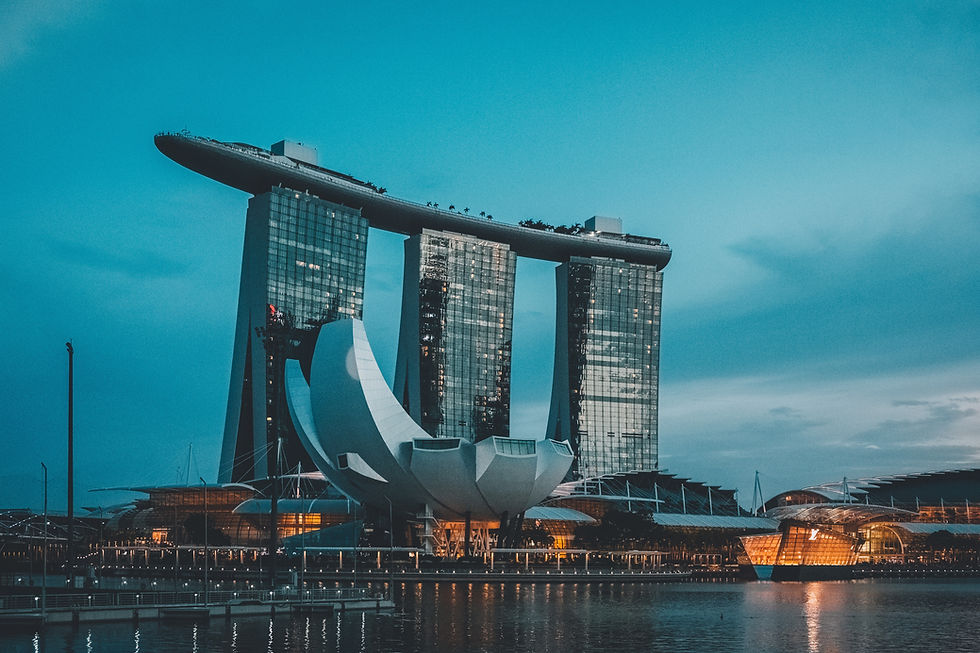
In the annals of urban development, the 21st century may well be remembered as the epoch of the "Climate Neutral City." As the world grapples with the difficulties of climate change, the architectural landscape is undergoing a seismic shift. The focus is no longer merely on aesthetic grandeur or towering skyscrapers; it's on creating sustainable, energy-efficient spaces that coalesce with their natural surroundings.
At the forefront of this revolution is Building Integrated Photovoltaics (BIPV), a technology that promises to turn buildings into veritable power plants, all while using renewable materials. This is not just a technological leap; it's an exercise in reimagining the symbiosis between design and environment.
The Rise of BIPV
Building Integrated Photovoltaics, or BIPV, is not a new concept. It has been around since the 1970s but has gained significant traction in recent years due to advancements in solar cell technology and a growing awareness of the need for sustainable energy solutions. Unlike traditional solar panels that are mounted on rooftops, BIPV systems are integrated into the building's architecture—think solar windows, solar facades, and even solar shingles. According to a report by Grand View Research, the global BIPV market is expected to reach $42.8 billion by 2027, growing at a CAGR of 20.2% from 2020 to 2027.
Renewable Materials: The New Norm
The use of renewable materials in BIPV systems is a game-changer. Bio-based and organic materials like cellulose, lignin, and organic photovoltaic cells are replacing conventional materials like silicon and glass. These materials are abundant, and biodegradable but also lightweight, and flexible, offering new possibilities in architectural design. For instance, researchers at the Swiss Federal Laboratories for Materials Science and Technology (Empa) have developed a solar façade using organic photovoltaic cells that can be printed in various colours and patterns, allowing architects greater creative freedom.
Case Studies: Cities Leading the Way
Copenhagen: The Carbon-Neutral Aspiration
Copenhagen aims to become the world's first carbon-neutral capital by 2025. The city's North Harbor, a massive urban development project, is a testament to this ambition. The buildings here are designed with BIPV systems that not only generate electricity but also contribute to thermal insulation.

Credit: cfmoller.com, CIS Nordhavn
Singapore: The Garden City
Singapore, often dubbed the "Garden City," has taken BIPV to new heights—literally. The iconic Marina Bay Sands Hotel features a SkyPark that incorporates BIPV technology, turning the entire rooftop into a solar power generator.

Sweden: House of Choice
In Solna, Stockholm, Sweden the House of Choice stands as a paragon of building-integrated photovoltaics. Boasting the title of Scandinavia's most energy-efficient hotel edifice, its façade is sheathed in an expansive 2,500 square meters of photovoltaic panels. Such an investment enables the building to generate a surplus of kilowatt-hours annually, earning it the distinction of being a "plus-energy" hotel.

Credit: solna.se
The Symbiosis Between Design and Environment
The true marvel of BIPV lies in its ability to harmonize architectural design with environmental sustainability. It's not just about reducing carbon footprints; it's about creating spaces that enhance human well-being while respecting the planet's ecological boundaries. This is architecture as a form of environmental stewardship, a concept that is increasingly gaining ground in academic circles and industry alike.
The Road Ahead
As cities continue to expand, the need for sustainable urban planning becomes ever more pressing. BIPV, with its dual focus on aesthetic design and environmental sustainability, offers a promising pathway. However, challenges remain, particularly in terms of cost and scalability. Research and innovation are key to overcoming these hurdles, and given the current trajectory, the future looks promising indeed.
For those who wish to delve deeper into the subject:
In the quest for climate-neutral cities, BIPV and renewable materials stand as potent allies. They represent not just a technological advancement, but a philosophical shift in how we conceive of buildings and cities—a blueprint, if you will, for the future.

Comments